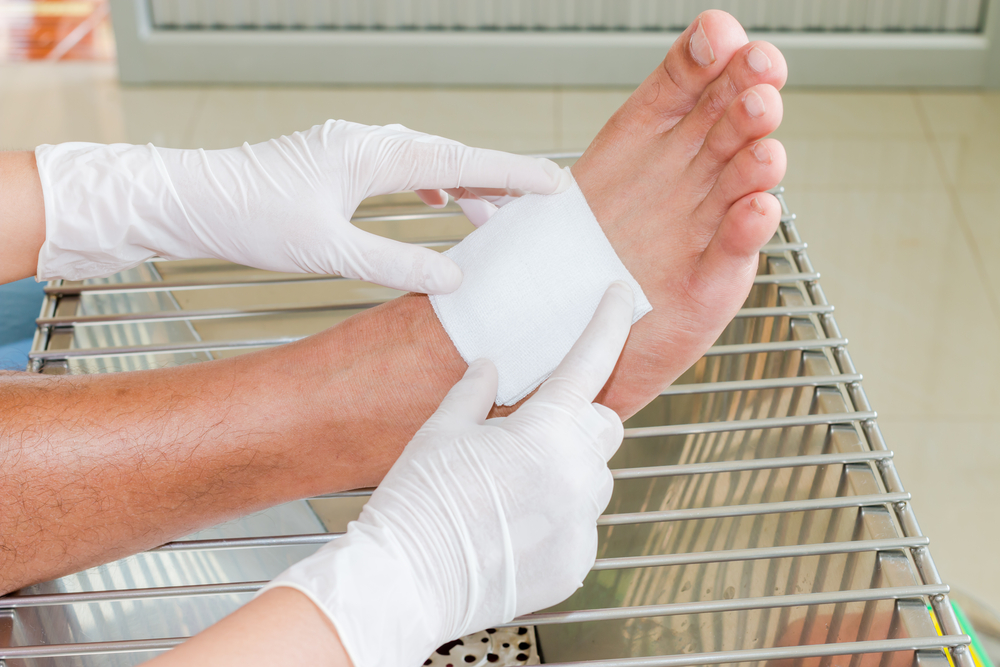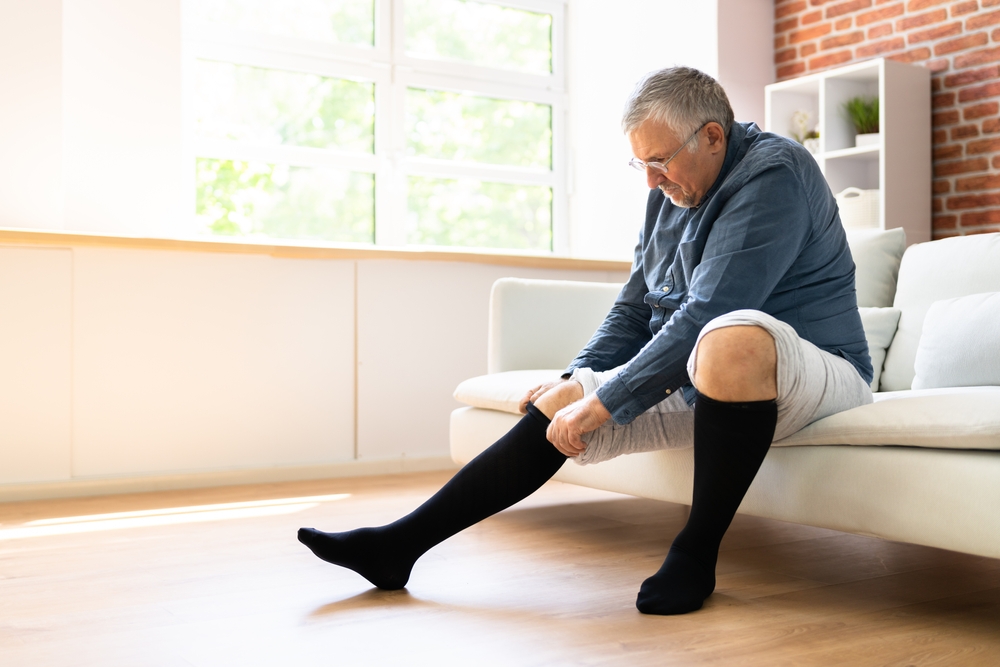A leg ulcer is an open sore that develops on the skin of the leg or foot that doesn’t heal properly. Leg ulcers can be caused by a number of things, like poor blood circulation, underlying medical conditions and injury. The most common leg ulcers are venous ulcers, arterial ulcers or diabetic ulcers.
Types of leg ulcers
Venous ulcers are the most common type of leg ulcers and are typically caused by problems with the veins in the legs. Chronic venous insufficiency can lead to a build up of blood and fluid in the legs. Swelling and skin changes may occur and then ulcers may develop.
Arterial ulcers caused by poor blood circulation may be because of blockages or narrowing of the arteries. Ulcers often appear on the lower limbs and may be painful, especially when you’re resting or at night.
People with diabetes are at a greater risk of developing ulcers, especially on the feet. Nerve damage (neuropathy) and poor blood circulation can add to ulcers forming. Diabetic ulcers need careful management because they heal slowly and then can get infected.

What can you do if you have a leg ulcer?
Managing a leg ulcer means a combination of medical treatment, wound care, as well as sorting out the cause. Here are some guidelines that may help you manage your leg ulcer:
- Medical assessment: It’s important to see a healthcare professional, usually a doctor, vascular specialist or nurse to see if you have an ulcer. Following on from this, they can tell you the type of ulcer, its possible cause and then the best way to treat it.
- Wearing compression stockings: For venous ulcers, wearing compression stockings will help improve blood circulation and reduce swelling.
- Wound cleaning and dressings: Proper wound care is important. This involves cleaning the ulcer with a mild saline solution and then putting on a clean dressing. Depending on the wound, your doctor or nurse might use different dressings.
- Offloading pressure: is important to help prevent further damage. This might mean wearing special shoes or casts that move pressure away from the ulcer.
- Infection control: you should watch for signs of infection, which may include more pain, redness, swelling or pus. Your doctor or nurse will help if you need antibiotics or other treatments.
- Getting to the cause of the leg ulcer: finding the cause of your ulcer is vital. This could mean, for example, managing diabetes or improving circulation.
- Nutrition and water: eating a diet rich in nutrients and drinking plenty of water are important for wounds to heal. And, following on from this, making sure you keep your doctor or nurse up to date with your progress will be important.

Each leg ulcer is different and your treatment should match your needs. Ask a healthcare professional for diagnosis and help.


